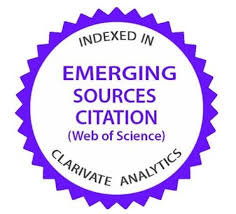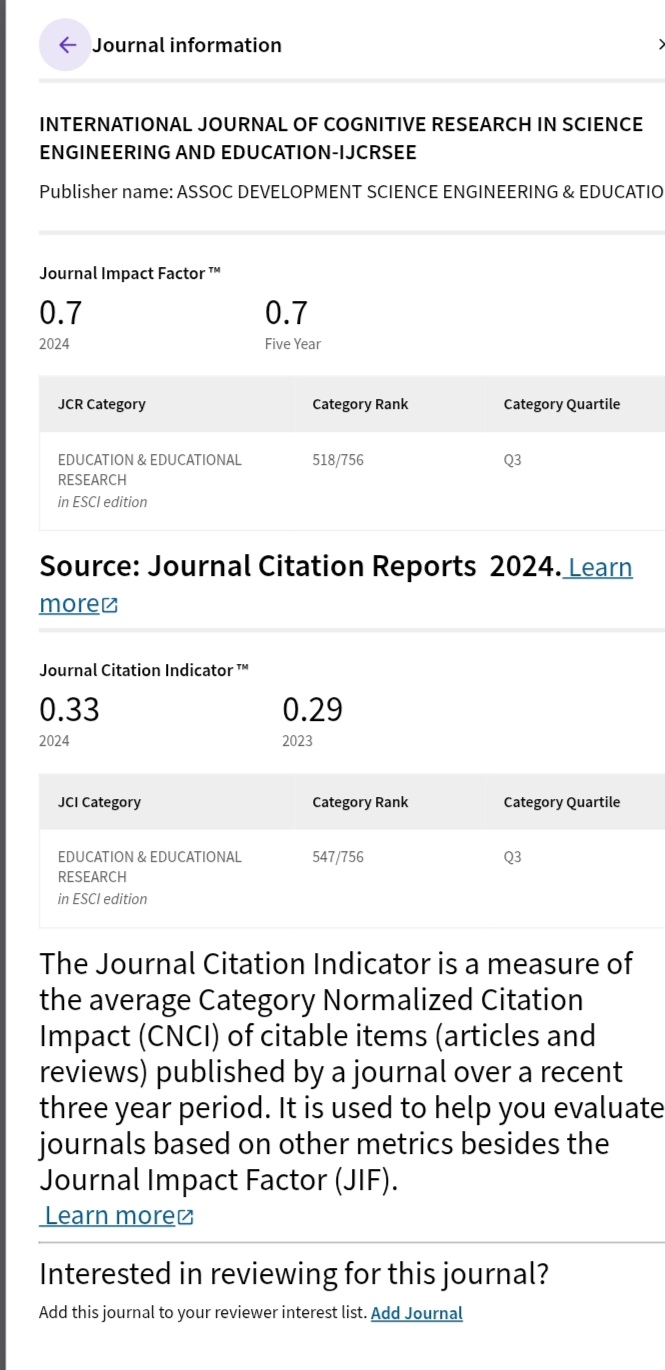EDUCATIONAL NEEDS OF TEACHER FOR INTRODUCTION AND APPLICATION OF INNOVATIVE MODELS IN EDUCATIONAL WORK TO IMPROVE TEACHING
DOI:
https://doi.org/10.5937/IJCRSEE1701049NKeywords:
innovative models, educational needs, teacher, modern teachingAbstract
The needs and interests of teachers for the implementation of innovative models in teaching are the key factor that determines raising quality of teaching at the school. In this context, it should be borne in mind that the educational needs of teachers are closely linked to the necessity of lifelong learning, because nowadays the teachers work skills are not enough that they adopted during schooling twenty years ago or more. The paper analyzes the educational needs of teachers in exploring and implementing innovative work models of teaching. The greatest interest of teachers is for introduction and implementing individualized teaching.
Downloads
References
Banđur, V. (2001). Pedagogical and methodological foundation of methodical of class teaching. Belgrade: Faculty of Teacher Education.
Despotović, M. (2000). The game needs - adult education variation. Belgrade: The Institute of Pedagogy
Đorđević, J. (1996). Innovations in teaching. Beograd: Prosveta.
Mandić, P. (1977). Innovations in teaching. Sarajevo: Svjetlost.
Maslow, A. H. (1982). Motivation and personality. Beograd: Nolit.
Mc Clelland, D. (1961). The Achieving SocietThe Achieving Society. New York: Von Nostrand Reinhold co.
Okoń, W. (1978). Współczesne innowacje w kształceniu i wychowaniu [Contemporary innovations in education and upbringing]. Nauczyciel i Wychowanie 3
Potkonjak, N. (2013). School can be innovative only if it has innovative teachers, educational innovation in the information society. Belgrade: SAO, p.75-83.
Prucha, J. (1983). Perpektiwy vzdelany. Praha: SPN.
Rogers, E. (1962). Diffusion of Instruction, New York: The Free Press.
Schön, D. (1967). Technology and change: the new Heraclitus Seymour Lawrence Books. Delacorte Press: Delta book.
Stosic, L., & Stosic, I. (2013). Diffusion of innovation in modern school. International Journal Of Cognitive Research In Science, Engineering And Education (IJCRSEE), 1(1), 5-13. https://ijcrsee.com/index.php/ijcrsee/article/view/7/56
Suzić, N. (2007). Hrestomatija - innovation and application of e-classrooms. Banjaluka: HVS
Vilotijević, G. (2011). Web portals in teaching, Educational Technology, 3, Belgrade.
Vilotijević, M. & Mandić, D. (2015). Management of developmental changes in educational institutions. Belgrade: Faculty of Teacher Education.
Vilotijević, M. (2000). The quality of education and schools - the key to the XXI century: Pedagogy, 38(2), 107-142.
Vilotijević, M., & Vilotijevic, N. (2008). Innovations in teaching. Vranje: Faculty of Teacher Education.
Vlahović, B. (1996). Innovation Management and attachments. Belgrade: Faculty of Teacher Education.
Wartofsky, L. (1990). The Child’s Construction of the World and the World’s Construction of the Child. New York: Rogoff, B., Apprenticeship inThinking, Oxford University Press.
Брындин, Е. Г. (2011). Коллективная компетентность инновационной деятельности [Collective competence of innovation activity] Межд. науч. жур.«Репутациология 5, 85-88. http://elibrary.ru/item.asp?id=17846398
Лазарев В. С. (2008). Управление инновациями в школе [Management of Innovations in School]. М.: Центр педагогического образования
Махмутов, M. И., Мирза, И. М. (1977). Организация проблемного обучения в школе: кн. для учителей [Organization of problematic schooling: For teachers] Просвещение.
Published
How to Cite
Issue
Section
License
Copyright (c) 2017

This work is licensed under a Creative Commons Attribution-NonCommercial-NoDerivatives 4.0 International License.











